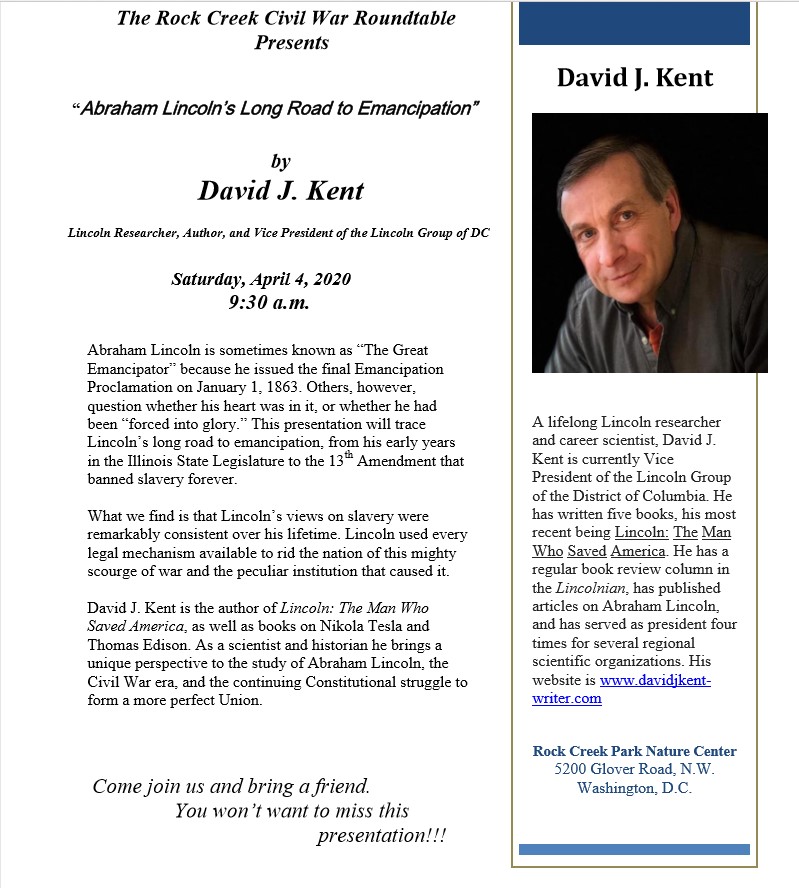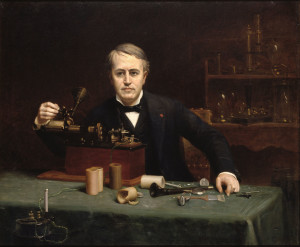 Disheveled as he was when he showed up on the doorstep of the venerable Western Union Company, Edison was confident that management would see through the rough exterior into his insightful mind. The company had made a name for itself even before the Civil War, but the rampant use of telegraphy during the conflict enabled Western Union to grow immensely, swallowing up its nearest competitors and becoming a force in the industry. This was just the opportunity Edison was looking for. During his initial interview, office manager George Milliken was so impressed with the 21-year-old that he hired him immediately. Milliken asked how soon Edison would be ready to work, to which Edison replied “Now.” He was put to work on the shift that day at 5:30 p.m.
Disheveled as he was when he showed up on the doorstep of the venerable Western Union Company, Edison was confident that management would see through the rough exterior into his insightful mind. The company had made a name for itself even before the Civil War, but the rampant use of telegraphy during the conflict enabled Western Union to grow immensely, swallowing up its nearest competitors and becoming a force in the industry. This was just the opportunity Edison was looking for. During his initial interview, office manager George Milliken was so impressed with the 21-year-old that he hired him immediately. Milliken asked how soon Edison would be ready to work, to which Edison replied “Now.” He was put to work on the shift that day at 5:30 p.m.
The more professionally attired and traditionally educated eastern men thought the ill-dressed “westerner” was somewhat of a rube, so they devised a way to put him to the test. Edison recalls:
I was given a pen and assigned to the New York No. 1 wire. After waiting an hour, I was told to come over to a special table and take a special report for the Boston Herald, the conspirators having arranged to have one of the faster senders in New York send the despatch and “salt” the new man. I sat down unsuspiciously at the table, and the New York man started slowly. Soon he increased his speed, to which I easily adapted my pace. This put my rival on his mettle, and he put on his best powers, which, however, were soon reached. At this point I happened to look up, and saw the operators all looking over my shoulder, with their faces shining with fun and excitement. I knew then that they were trying to put up a job on me, but I kept my own counsel. The New York man commenced to slur over his words, running them together and sticking the signals; but I had been used to this style of telegraphy in taking report, and was not in the least discomfited. Finally, when I thought the fun had gone far enough, and having about completed the special, I quietly opened the key and remarked, telegraphically, to my New York friend: “Say, young man, change off and send with your other foot.” This broke the New York man all up and he turned the job over to another man to finish.
And just like that, he had won over the new office.
Edison earned $125 per month at Western Union, but more important, the job gave him considerable flexibility and many opportunities to access equipment to continue his independent research. While in Boston he bought copies of the works of Michael Faraday, then considered one of the foremost experimenters in electricity and the father of electromagnetic induction. At the time, “the only people who did anything with electricity were the telegraphers and the opticians making simple school apparatus to demonstrate the principles.” Edison experimented with telegraphy equipment and electricity and “had an unflagging desire and belief in his own ability to improve the apparatus he handled daily.” He worked all day long in his own makeshift laboratory before heading into Western Union for his night shift duties.
After a year on the job, Edison found it increasingly difficult to juggle his telegraph operator responsibilities with his more interesting extracurricular activities. On January 30, 1869, he published a notice in The Telegrapher: Mr. T.A. Edison has resigned his situation at the Western Union office, Boston, Mass., and will devote his time to bringing out his inventions. He was only 22 years old.
[Adapted from my book, Edison: The Inventor of the Modern World. I thought of this incident while working on an upcoming presentation in which the telegraph becomes an important communication – and military strategy – tool during the Civil War.]
David J. Kent is an avid science traveler and the author of Lincoln: The Man Who Saved America, in Barnes and Noble stores now. His previous books include Tesla: The Wizard of Electricity and Edison: The Inventor of the Modern World and two specialty e-books: Nikola Tesla: Renewable Energy Ahead of Its Time and Abraham Lincoln and Nikola Tesla: Connected by Fate.
Check out my Goodreads author page. While you’re at it, “Like” my Facebook author page for more updates!



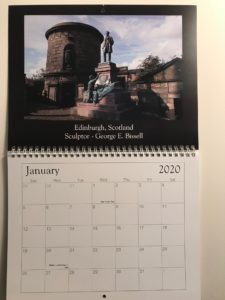 David Wiegers is a photographer. He is also an Abraham Lincoln fan. He has combined those two interests into a calendar featuring photos of Lincoln statues from around the world. January is the statue in Edinburgh, Scotland.
David Wiegers is a photographer. He is also an Abraham Lincoln fan. He has combined those two interests into a calendar featuring photos of Lincoln statues from around the world. January is the statue in Edinburgh, Scotland.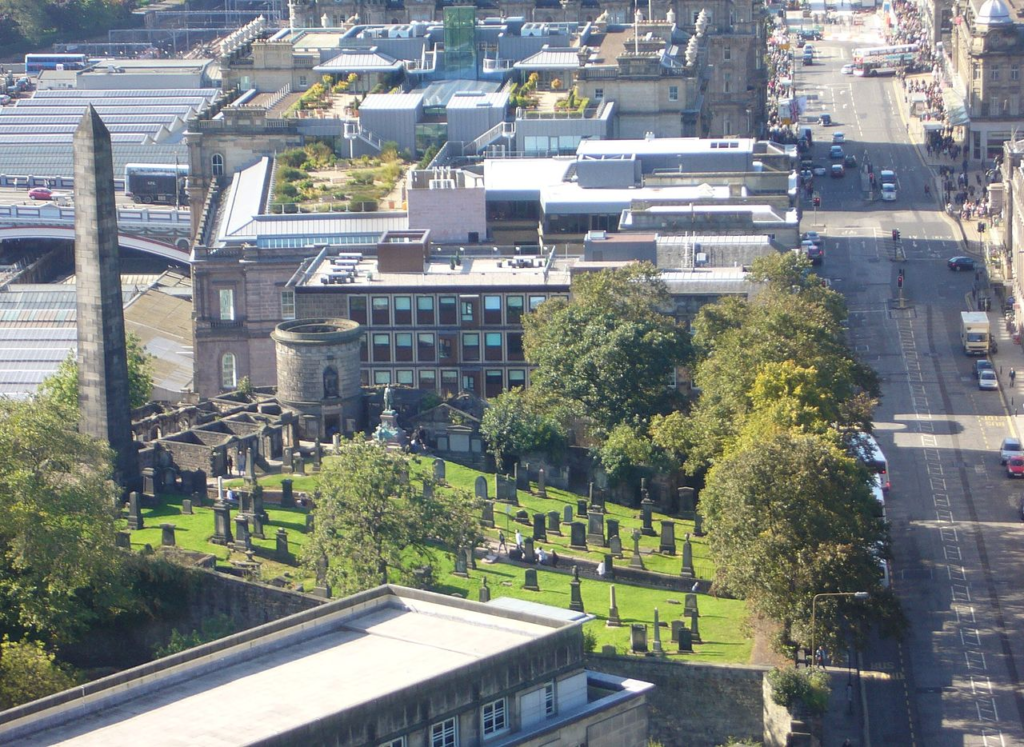
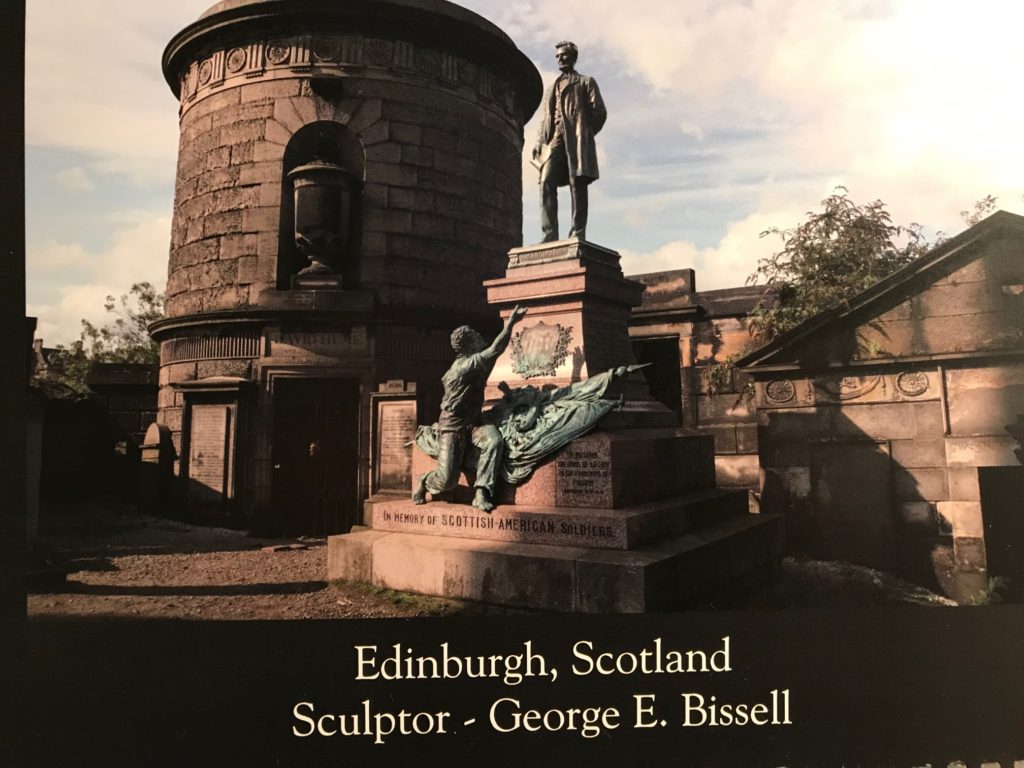
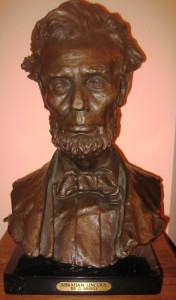 Several times in 1858 Lincoln delivered a lecture he called “Discoveries and Inventions.” Not a particularly successful lecture – the fragments we have remaining suggest it was a bit rambling and lacking in his later eloquence – it presented what was essentially the “American System” of economics based on continuing intellectual and technological improvements.
Several times in 1858 Lincoln delivered a lecture he called “Discoveries and Inventions.” Not a particularly successful lecture – the fragments we have remaining suggest it was a bit rambling and lacking in his later eloquence – it presented what was essentially the “American System” of economics based on continuing intellectual and technological improvements.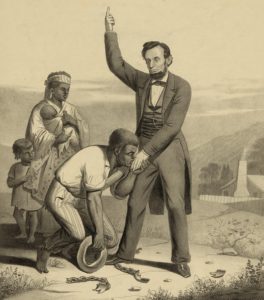 Abraham Lincoln signed the Compensated DC Emancipation bill into law about five months before he released his preliminary Emancipation Proclamation. But that wasn’t the first time he tried to free enslaved people in the Washington, D.C.
Abraham Lincoln signed the Compensated DC Emancipation bill into law about five months before he released his preliminary Emancipation Proclamation. But that wasn’t the first time he tried to free enslaved people in the Washington, D.C.